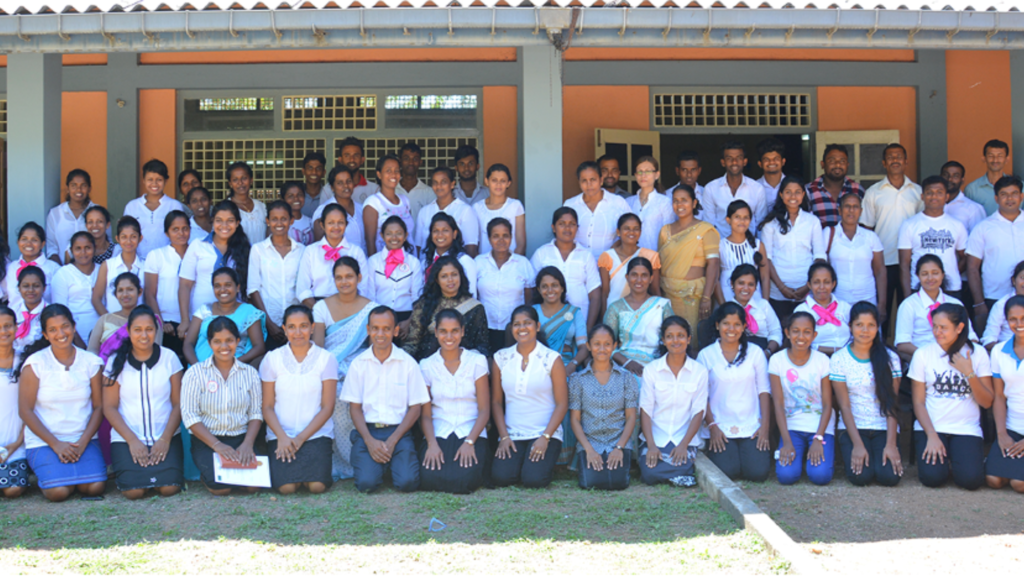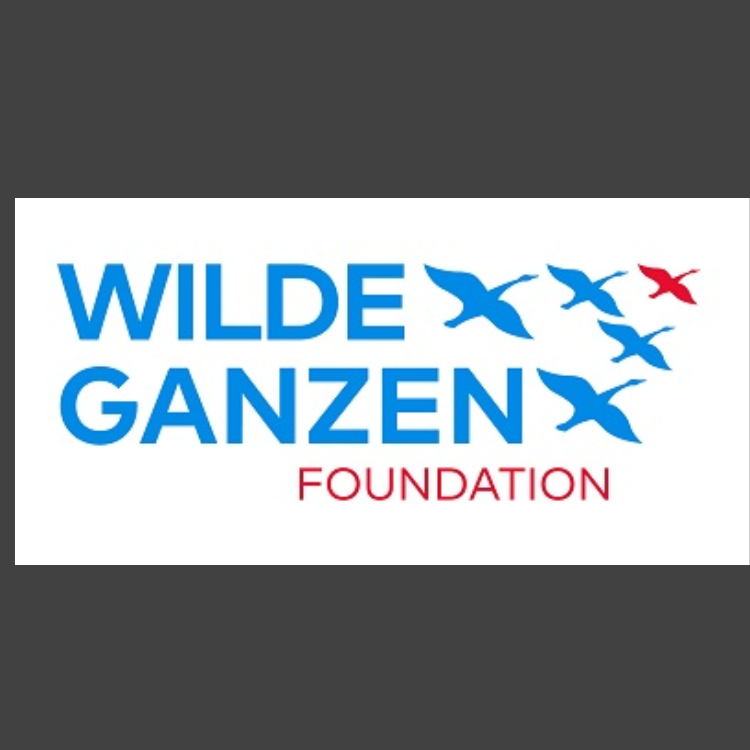Vocational Training Project Tanamalwila

The recently published World Bank’s country diagnosis on Sri Lanka has identified three poorest areas of the country. They are the war affected north and east, plantations communities of south Indian origin and Moneragala . Though a comparison between the DS divisions in Moneragala district has not been made by this document the highest incidence of suicides recorded in Tanamalwila is a reliable indicator of the seriousness of poverty and related multitude of factors which contribute to the former. The Tanamalwila DS division covering a land area of 633 sq. km. consists of a total population of 26,208. The density of population in Tanamalwila varies between 41 and 50 while the adjoining Wellawaya where AF and AIL have been operational has a density of 101-150. This is an indicator of Tanamalwila’s comparative disadvantage and backwardness even against another marginal DS division such as Wellawaya where the higher level access to resources and services has attracted a larger population.
In terms of poverty, 40% of the population in Tanamalwila being below the poverty line of the country against the national average of 6.7% is yet another indicator of the seriousness of poverty in the DS division area.
The most dominating livelihood activity in the area is agriculture with 96.6% of households engaged in it. This also happens to be the highest in the country among DS divisions. Besides, 71% of the labour force is engaged in agriculture against the national average of 37%. In addition to having the highest percentage of agricultural households (96.6%) the highest share of income coming from agriculture which is 93% is also reported from Tanamalwila among all DS divisions in the country. The lack of diversity in livelihood activities in the context of diverse challenges encountered by agriculture has placed the communities in Tanamalwila at a high level of vulnerability.
90% of the farmers are engaged in rainfed agriculture with no access to minor or major irrigation. As such they are often at the mercy of highly seasonal and erratic rainfall. Also the majority are thus able to cultivate only one crop a year. In other words, seasonality is the key feature of livelihood activities due to heavy dependence on seasonal rainfall received during four months of the year pushing them out of agriculture during the rest of the year. For their survival many work as manual labourers in the lands of landowning rich farmers or seasonally migrate to urban centres to find employment as labourers.
It is underemployment, in this context, that has put them into poverty and a vicious cycle of indebtedness where there is hardly any way out. Therefore, this project aims to reduce underemployment particularly among the youth through employment creation.




